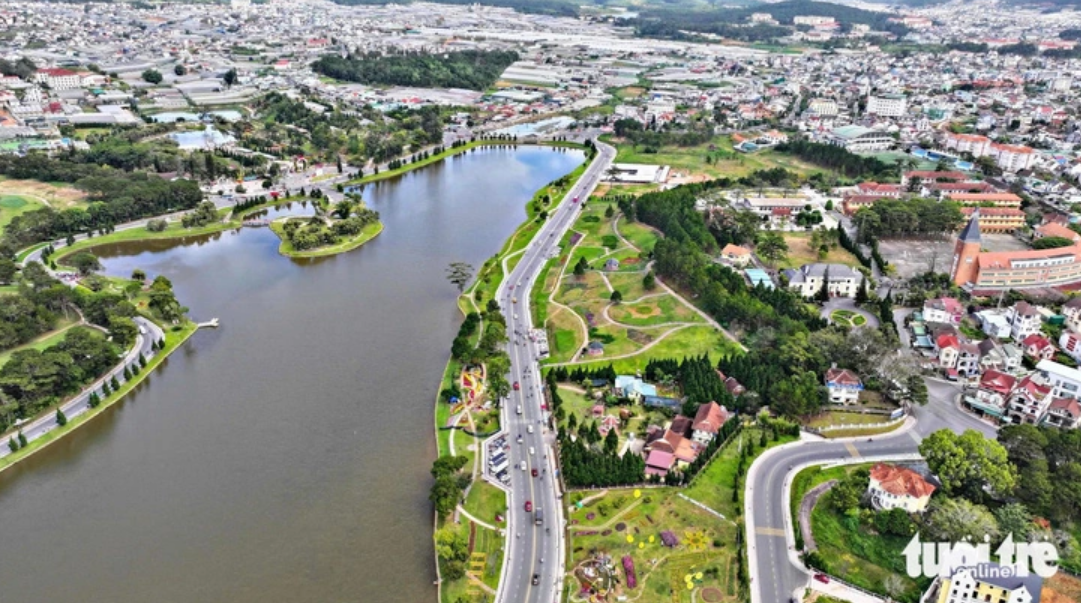Recently, the London-based website The Culture Trip has picked out 10 best national parks in Vietnam.
Phong Nha – Ke Bang National Park
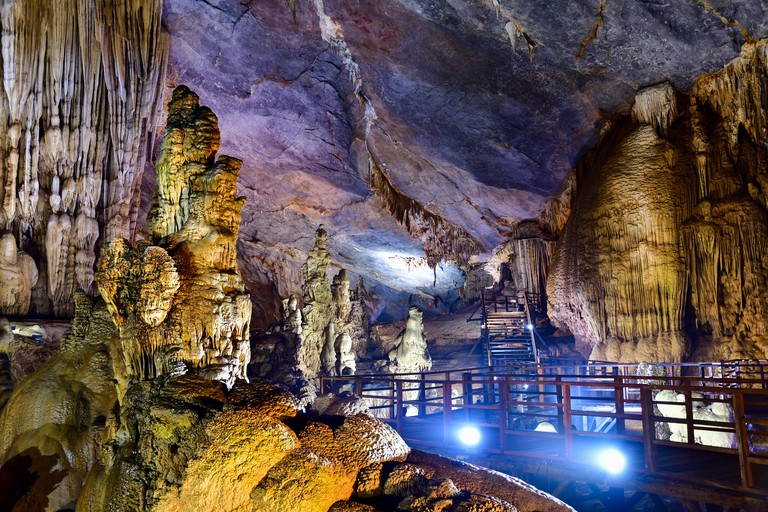
Phong Nha – Ke Bang National Park in Quang Binh Province is home to some of the largest caves in the world (Mikołaj Michalak / Alamy Stock Photo)
Perhaps the most naturally stunning and well-preserved area in all of Vietnam, Phong Nha – Ke Bang National Park in Quang Binh Province is home to some of the largest caves in the world. The park, which shares a border with Hin Namno Nature Reserve in Laos and covers an area of nearly 900sqkm (347sqmi), is often a stop for those following the Ho Chi Minh Highway.
Gibbons and macaques roam the forests, yet it is the sprawling karst cave systems that have earned Phong Nha a spot on the UNESCO World Heritage list. Hundreds of miles of underground labyrinths run beneath limestone giants as they tower towards the sky.
Phu Quoc National Park
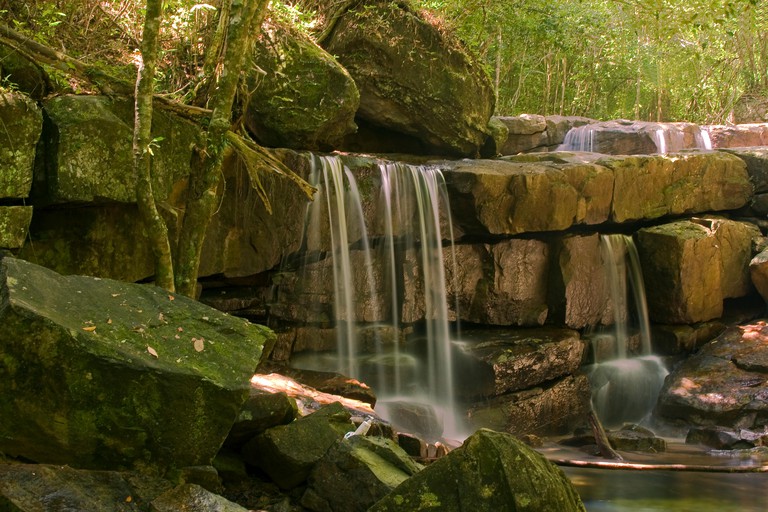
Phu Quoc National Park is home to more than 1,000 species of plants and 200 species of animals. (Andreas Rose / Alamy Stock Photo)
A gem nestled in the northwest corner of the most popular and unfortunately most overdeveloped island in Vietnam, Phu Quoc National Park is home to more than 1,000 species of plants and 200 species of animals.
Increasingly rare old-growth forests run throughout the park, and dipterocarp trees climb to over 30m in height. Hiking and camping are easily accessible from Ganh Dau Village.
Nui Chua National Park

Nui Chua National Park is set on the eastern edge of the Truong Son Mountain Range. (Hemis / Alamy Stock Photo)
Located in Ninh Hai District, Ninh Thuan Province, Nui Chua National Park is set on the eastern edge of the Truong Son Mountain Range, overlooking one of the cleanest and best-preserved stretches of coastline on the East Sea/South China Sea.
The region, like much of Vietnam, is best visited by motorbike and is fringed by one of the most beautiful coastal roads in the country. Bears and primates roam the hillsides within the confines of the semi-arid park, while bats and birds soar through the skies. The shoreline is of particular importance as it is home to the nesting grounds of a number of endangered turtle species.
Cat Tien National Park
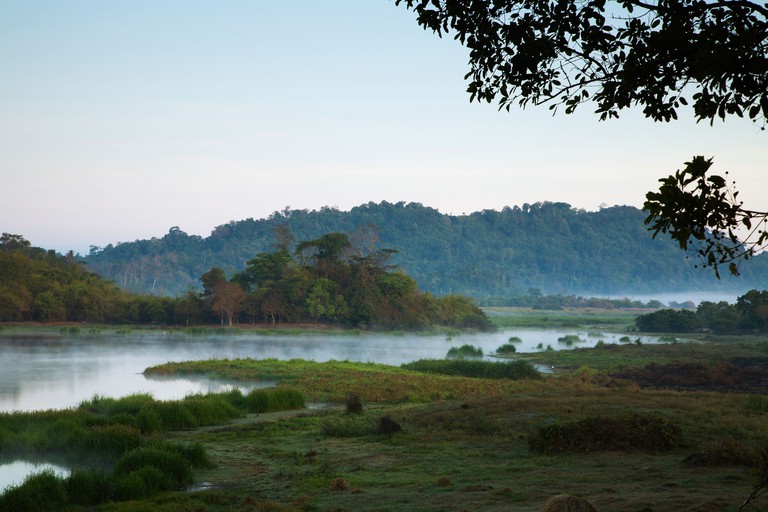
Cat Tien is the closest national park to Ho Chi Minh City (Anders Blomqvist / Alamy Stock Photo)
Cat Tien is the closest national park to Ho Chi Minh City and an oft-overlooked gem. The lowland forests are the largest and most important in the country, home to gibbons, deer and wild boar. The nature trails are extensive and well maintained, and most can be completed without a guide and on bicycle.
An excellent variety of lodging, from campsites to riverside bungalows, makes the park a great place to escape from the concrete madness of Saigon.
Cat Ba National Park
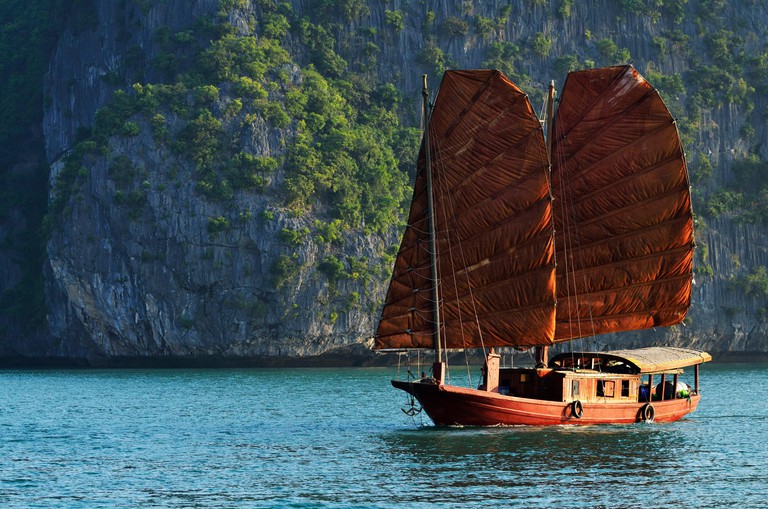
Cat Ba serves as a focal point of iconic Ha Long Bay (Hemis / Alamy Stock Photo)
Floating in a sea of limestone peaks, Cat Ba serves as a focal point of iconic Ha Long Bay. Located in Cat Hai District, Hai Phong City, the park should be a stop on any northern excursion.
Much of the region resembles something out of Jurassic Park, as jungles shoot skywards into the mist. A number of beautiful treks of moderate difficulty lie in the confines of the park. Cat Ba is also home to the majority of the world’s remaining white-headed langurs.
Ba Be National Park

The park is made of towering limestone mounts that crash down to pounding waterfalls (J Marshall – Tribaleye Images / Alamy Stock Photo)
Ba Be National Park in Bac Kan Province is home to a number of ethnic minorities, including Tay, Dao and Hmong, and offers travellers the opportunity to experience life in traditional homestays.
The park is made of towering limestone mounts that crash down to pounding waterfalls before settling in Ba Be Lake, the largest in Vietnam. Trekking in the region is superb and can be arranged via most homestays or guesthouses. Cavernous limestone grottos, hidden along the water’s edge, should be explored by boat as well.
Yok Don National Park
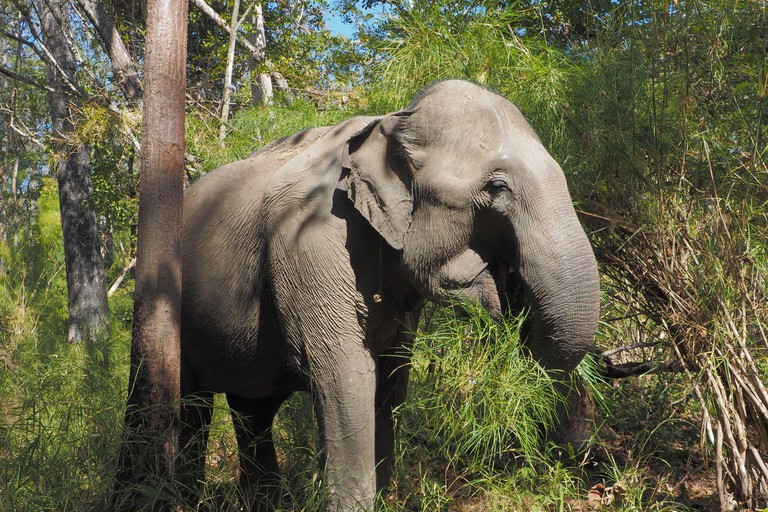
Yok Don happens to be home to some of the last remaining wild elephants in the country. (Stefan Liebhold / Alamy Stock Photo)
Stretching over Dak Nong and Dak Lak Provinces, Yok Don is the largest of all the national parks in Vietnam. It also happens to be home to some of the last remaining wild elephants and leopards in the country. However, over the years, poaching and illegal logging have decimated their populations, dropping the chances of seeing one to pretty much zero.
Nevertheless, the park retains an off-the-beaten-track feel and is seldom visited by foreign tourists. Guided day and overnight treks through the dry forests are a great way to see it all.
Cuc Phuong National Park

Minority villages can be visited on a number of guided treks at Cuc Phuong National Park (Hemis / Alamy Stock Photo)
Cuc Phuong National Park in Ninh Binh Province is one of the most accessible parks Vietnam has to offer, lying just over 100km from Hanoi. The region can be explored on foot, motorbike or bicycle and is best travelled over two or three days.
Minority villages dot the lands and can be visited on a number of guided treks. The park is also home to a vast array of flora and fauna, including some of the most endangered turtles in Thailand.
Con Dao National Park
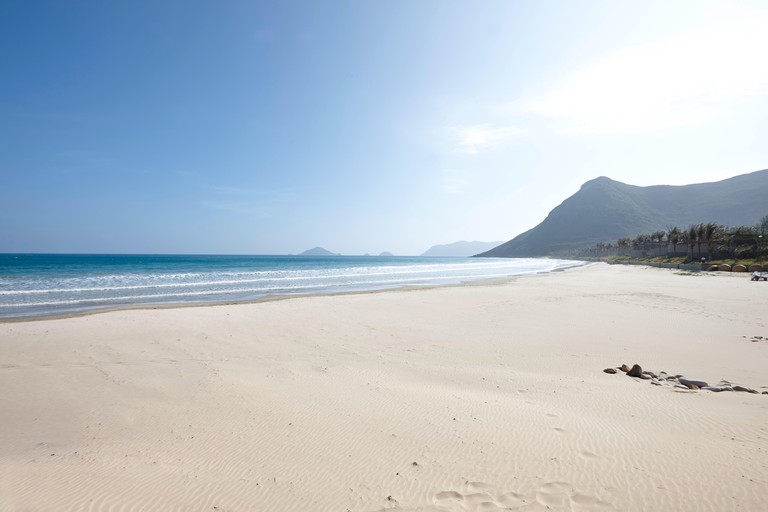
Con Dao Park encompasses some of the most untouched coral reefs and white-sand beaches in the country (Image Professionals GmbH / Alamy Stock Photo)
Con Dao National Park is part of Con Dao Archipelago, which comprises 16 small islands with the largest one being Con Son. The unblemished archipelago of green is reached by ferry from the Mekong or plane from Ho Chi Minh City.
The national park lies on Con Son Island and encompasses some of the most untouched coral reefs and white-sand beaches in the country. Endangered sea turtles nest along the shorelines, while the strange and friendly dugong, a cousin of the manatee, lounges in the clear waters of the park.
Bach Ma National Park
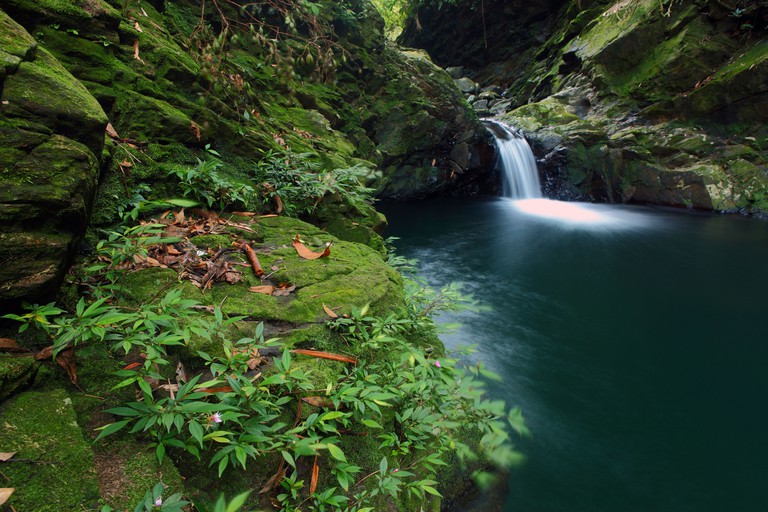
Bach Ma National Park lies hidden just 40 km to the west of the imperial capital of Hue (Oscar Dominguez / Alamy Stock Photo)
Bach Ma National Park lies hidden just 40 km to the west of the imperial capital of Hue, near the central coast of Vietnam. Dilapidated French villas overrun by pine forests, peer out through the wilderness as mile-high peaks float in the distance. The park is home to some of the most dense and pristine ribbons of jungle in central Vietnam.
Source: Nhan Dan

